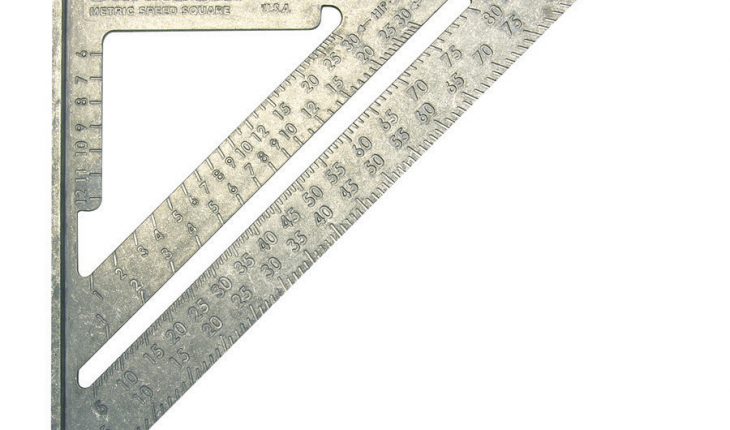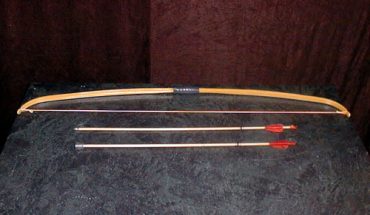The Speed Square is a vital carpentry tool that was invented by Albert J. Swanson in 1925. It is a triangular-shaped square that aids carpenters to be accurate in their measurement. Here are the some of the uses of Speed Square that every carpenter should know – Try Square, Miter Square, Protractor, Line Scriber, and Saw Guide.
Try Square
One of the common uses of Speed Square is to make square lines at exactly 90 degrees to the edge of the board. You can accurately and speedily make square lines using this tool by placing the lipped fence against the edge of the board as you mark the square lines at the side. The ability to speedily make square lines is very helpful for carpenters especially for putting two pieces together at a right angle.
Miter Square
The Speed Square is in fact an isosceles right triangle therefore its diagonal edge is exactly at 45 degrees angle. It is pretty easy to use to make a 45-degree line accurately since you don’t have to move any parts or make any adjustments on the tool. Just place it firmly against the board and mark where the diagonal edge is. Since the smallest model of the square is more than seven inches in length, therefore you can be assured of excellent support and correct measurements.
Protractor
You can also use the Speed Square to read, layout, and mark angles since it has degree graduations on its diagonal edge making the job of reading and marking angles simple. The square has a pivot point that you need to hold against the board as you adjust the tool to the desired angle. When the desired angle is obtained, say for example, 35 degrees, just draw a line on the along diagonal edge. The angles of roof rises can also be accommodated by the Speed Square and it ranges from 1 in 12 up to 30 in 12.
Line Scriber
A very useful feature of Speed Square is its capability to line scribe but it is seldom use by most carpenters. In the slots of the square are two rows of notches where one row is spaced 1/2 inch apart and the other row is spaced 1/4 inch apart. To have a parallel line, place the fence of the square tightly against the edge of the board and put the tip of the pencil into the correct notch. With the square and the pencil in this position, slide the square securely along the board and this will result to a completely parallel line with the edge of the board.
Saw Guide
The very most common use of Speed Square among carpenters is as a straightedge guide for cutting with a saw. Just place the square flatly on the board with the fence tightly against the edge of the board. Then cut the board with a saw following the straight edge of the square.





